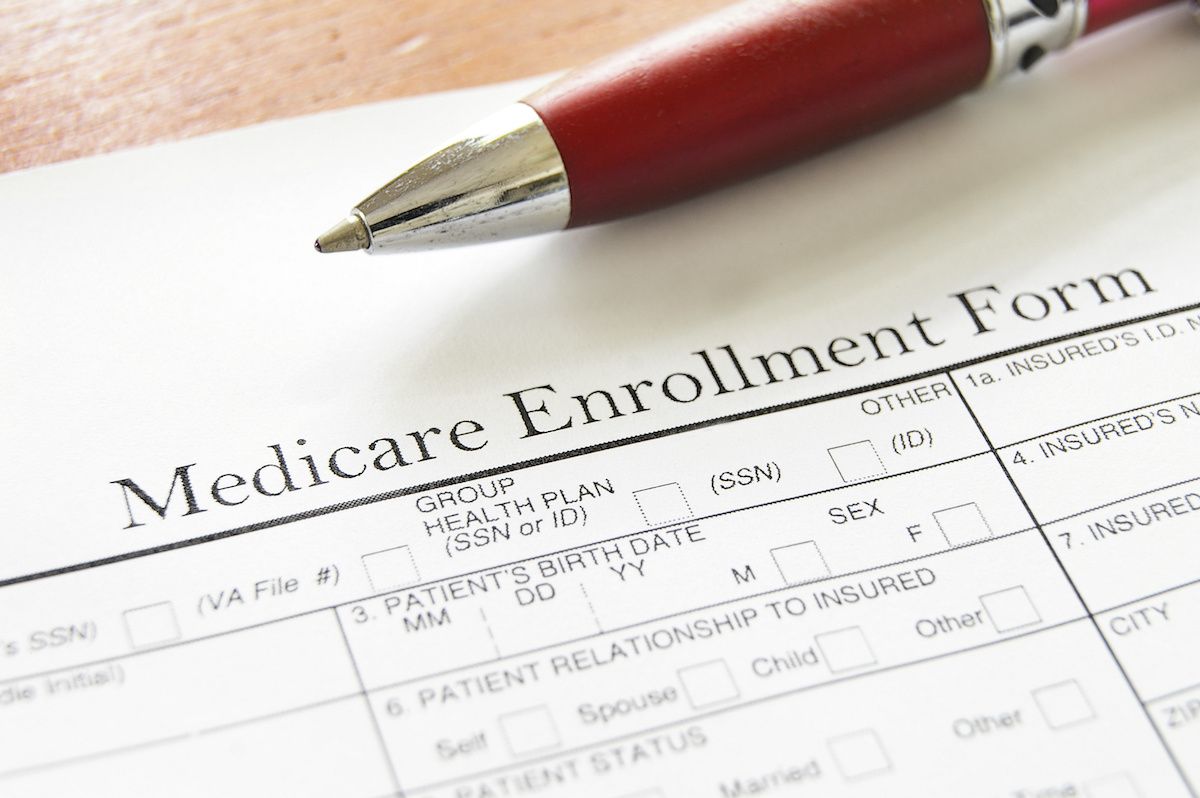Article
Use of Wellness Visits Inches Upward in Medicare, JAMA Reports
Author(s):
The authors found great variation in wellness visits by location, along with socioeconomic disparities.
Popularity of the annual wellness visit, a preventive tool promoted by the Affordable Care Act (ACA), has grown slowly since it became a feature of Medicare in 2011. But an individual patient’s likelihood of receiving one depends on where a patient lives and whether the doctor is part of an accountable care organization (ACO), according to a research letter published this week in JAMA.
Wellness visits are an opportunity for primary care physicians (PCP) to screen for a variety of conditions that could indicate health problems or cognitive decline. The visit can also offer a chance to get referrals for recommended screenings like a mammogram or colonoscopy. Catching problems early can prevent higher costs down the road, and the report from a group of authors at Harvard Medical School found some evidence this is true.
However, the authors also found “notable socioeconomic disparities” in the Medicare data, with minorities and those eligible for Medicaid far less likely to receive a wellness visit. The authors found the data align with other signs that practices that adopt electronic health records and use nonphysicians for more tasks can better incorporate wellness visits into their schedule.
Researchers reviewed Medicare claims from a sample of 20% of those eligible from 2011 to 2014, examining data for patients who had been enrolled at least a year. Starting in 2011, the wellness visit was free for Medicare patients, although it was sometimes combined with checking for another condition that meant the patient had an out-of-pocket cost.
The percentage of Medicare patients who received a wellness visit climbed from 7.5% in 2011 to 15.6% in 2014, For the year 2014, patients’ mean age was 72.4 years and 55% were women. Urban residents and those with 1 or 2 comorbidities were more likely to have a visit, as were those who had received such a visit the previous year; of those who wellness visit the prior year, 53.4% received one in 2014, compared with 10.4% of those who had not had one the prior year.
ACO membership also affected rates. The wellness visit rate was 25.9% for those in an ACO, compared with 17.6% for those not in an ACO.
While those in Medicare only recorded a wellness visit rate of 17.1%, the rate was only 9.9% for those also in Medicaid. Those with high family incomes had visit rate of 21.4%, while medium income patients had a rate of 17.1%, and low-income patients had a rate of 12.6%.
Among whites, 16.3% had a visit, compared with 11.0% for blacks and 13.2% for other races.
Regional rates varied widely: only 3.0% of those in San Angelo, Texas, received a wellness visit, compared with 34.3% in Appleton, Wisconsin. These rates did not correspond with overall Medicare spending; the fact that areas with high wellness visit rates did not necessarily have the most overall Medicare spending, which the authors say suggest that the adoption of wellness visits and other healthcare use “were driven by separate mechanisms.”
Primary care physicians perform the clear majority of visits (90.7%). Of the more than 157,000 PCPs who billed Medicare in 2014, 40.8% performed at least 1 annual wellness check.
Reference
Ganguli I, Souza J, McWilliams JM, Mehrotra A. Trends in the use of the US Medicare annual wellness visit, 2011-2014 [published April 19, 2017]. JAMA. 2017; doi:10.1001/jama.2017.4342.
Newsletter
Stay ahead of policy, cost, and value—subscribe to AJMC for expert insights at the intersection of clinical care and health economics.





